The foundation of any online business lies in how powerful its online presence is. And one of the most important tools for a business owner for building their online presence is a CMS.
Content management systems are used to manage the posting, editing and deleting of content on a website.
Content management systems (CMS) make life easier for web developers and business owners, who do not need to worry about creating their own system from scratch in order to get started with publishing.
Along with allowing you to create, edit, and manage different types of content, a powerful CMS helps with the entire process, right from creating new blogs and pages to making changes on existing ones.
CMSs also provide uniformity across the entire site when multiple authors or editors are working together on it at once.
Depending on the type of business you’re working on, you might have different uses for a Content Management System in your organization.
The Applications of a CMS in your Business
A content management system is a great tool that helps you maintain your website. Imagine all the work it takes to make sure everything stays up-to-date!
Many different people, departments, or teams might be involved in producing new content for your site every day so you need something that can handle and manage all of these tasks automatically.
That's where a CMS comes in. With a CMS, anyone on your team who has access to the control panel will be able to create, edit or delete pages with ease without having to touch any code (unless they really want).
In addition to making life easier for contributors internally, this also means better SEO performance because Google likes sites with fresh content more than ones that haven't been updated in months. This is especially relevant if you’re building a blog or promoting affiliate programs; the more updated your content is, the better your website will perform.
Whether you’re updating content regularly in your blog or using a CMS to manage your eCommerce platform’s product listings, you get a faster and more convenient process of getting things done.

With a reliable content management system in place, online business owners can engage in more productive activities like marketing, brand promotion, content writing, advertising, and customer service.
Convenient, right?
The importance of a content management system is evident from its wide acceptance amongst marketers and website owners. According to a report by Gartner, out of the 33% of marketing budget companies spend on technology, 28% of total is spent on technology such as content management systems.
A CMS equips you with various tools, easy to use interface, and smooth collaborative systems that can help you manage your website’s pages better resulting in a better customer experience and increased sales.
All in all, whether you’re building a new website or updating an already existing one, a CMS will help you power your online presence.
If you have an online business, then it is most likely that you are already using a Content Management System to manage your web pages. But do you know what is going on at the backend to get you publishing ready web pages? Now that you know what a CMS is, let’s understand how it works.
How does a CMS work?
Websites built on CMS have an easy-to-use interface that makes navigation and management of content fast and reliable. New updates keep them in sync with the latest changes on the web and keep your website secure. An example is WordPress. It is used by more than 75 million websites, and it provides various in-built themes, plugins, and various options to manage your content on the website.
The core parts of a CMS include the following:
Content Management Application (CMA)
This application allows you to add, edit, remove, and manage content on your site. This is the front-end user interface and can be easily used without much technical expertise.
Content Delivery Application (CDA)
The CDA controls the backend activities that are used to store the content entered on the CMA and shows your visitors the way you want it to be visible on your website. The backend part is crafted from coding, computer languages, and programming – complicated stuff!
These applications work together and provide a user-friendly interface to a non-technical person. This means you don’t need a background in coding to work with a CMS.
The best CMS software is a simple one-click installation and can be used by budding entrepreneurs, small startups, and digital marketers running any type of business, be it an eCommerce website or a service business.
Most of these are open-source and free applications that have a user-friendly interface and navigation. Getting a free web hosting and creating a free website are a cakewalk with an open-source CMS, and you can create amazing and user-friendly blogs and landing pages in just a few clicks.
CMS provides freedom and flexibility to increase your online visibility using many popular website builders. Moreover, it gets timely updates to make the application more secure, less vulnerable to threats, and in sync with the changing technology.
Essential Features of a CMS
When considering whether to build or buy a content management system (CMS) for your business, you should weigh multiple factors including ease of use, cost and integration.
This section will discuss the key features of a CMS and will help you decide which features are the best for your business’s needs.
Here are some of the features in CMS that you need to check before you employ one.
1. Security of your online business
Many multinational companies are being impacted due to data breaches and crucial information being stolen.
While considering a CMS for your next project, you should be vigilant about the built-in security features offered by the application provider. Few important checkpoints related to CMS security are:
-
Does it come with an in-built Firewall to prevent your site from malicious login attempts and hackers?
-
Can it integrate with a content delivery network (CDN) to prevent your website from DDoS attacks?
-
How frequently does the CMS company run vulnerability scans and static code analysis?
-
Does it have ease of updating the security patches whenever they are released?
2. User-friendly and Responsive Dashboard
A CMS lets you control, insert, and manage all your content from one central place through the admin dashboard. Multiple tasks of scheduling or publishing content, installing plugins, reviewing performance analytics, and tracking user activities can be done from the admin panel.
If your CMS is difficult to use, your content contributors will avoid using it.
An efficient CMS has a prebuilt dashboard with various templates so that you can customize it according to your requirements.
3. Mobile Friendly
Close to 51% of the internet traffic is smartphone users; thus a mobile-responsive version is essential to cater to this segment. CMS that has mobile-friendly responsive features should be preferred.
If a user is visiting your site on a mobile, tablet, or computer, a mobile-friendly CMS would adjust and optimize the viewing experience of a website according to the capabilities, constraints, and screen size of the device. A mobile friendly CMS will also fasten up your website keeping you away from the consequences of having a slow website.
4. Responsive Themes
A nice, appealing, and responsive theme provides the first impression and attracts visitors to your site. Carefully select from the collection of themes provided by a platform while assessing different CMS applications. Whether you’re running an eCommerce website, a blog, or planning to start an online store, there are thousands of themes available to accommodate your website.
Some of the fundamental features of responsive themes include customizable sections, side bars, widgets, drop-down navigation support, various layouts, and slideshows.
5. Multilingual Feature
More than 75% of online users aren’t well-versed with English and want content in their regional language. Set your CMS to support multiple languages to cater to a larger and diverse audience.
This is even more important for large organizations that have an international presence and want to market their products in different regions.
Here are some of the essential features of a CMS supporting multiple languages:
Site Design for Various Markets and Languages
Enables you to create country-specific sites that can be translated based on the primary language of that particular country.
Complete Unicode Support
Certain languages like Arabic and Japanese require characters to replace an English alphabet. Unicode support makes such translations easier and displays the required languages to the visitor.
Functionality to Import/Export Text as XML or Other Formats
This feature allows you to import or export text in a uniform format and makes the translation process smoother.
6. Search Engine Optimization (SEO) Tools
A website is made to boost the online presence of your business and reach a wider audience. With in-built SEO tools, CMS allows you to make your website SEO-ready by doing a precise audit of your site and suggesting possible areas of improvement to make it web-friendly.
The right SEO tools help you to create content using the right meta-description, heading, subheading, keywords and also determine how readable your content is.
SEO tools also improve the visitor’s experience and your rank on the search engines. The sites that rank well on search engines use the right CMS and combine it with the power of SEO tools.
7. Social Media Integration
Social media is an additional source of traffic apart from organic or paid traffic. A CMS with proper social media integrations in place allows you to publish and share your posts on different social media platforms at the click of a button.
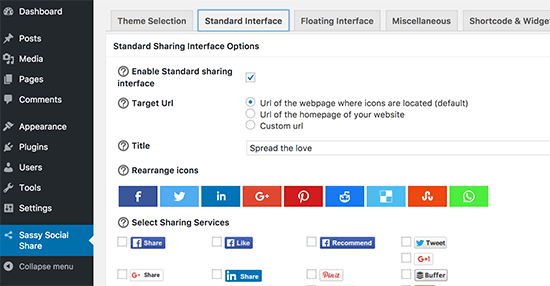
Consider whether a CMS can integrate various social media buttons onto your posts and review social media analytics from the dashboard. Social media integrations can be added to your website with the help of plugins as well. Make sure your CMS allows for the integrations before you choose one.
8. Detailed Analytics
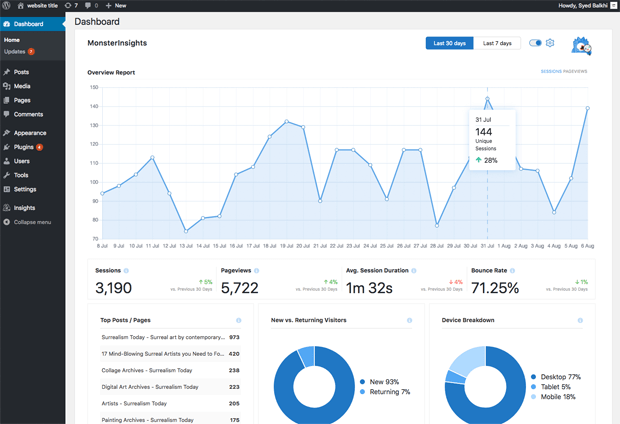
Modern day online businesses run on analytics, make sure your CMS provides you with an analytics dashboard. This saves the time to visit various dashboards like Google Search Console and Google Analytics to check out stats and lets you understand the location, device, demographics, and the most visited pages by your users in your CMS dashboard itself.
Knowing about detailed analytics helps you to plan the right strategy for your content and improve as you proceed.
9. Pre-designed templates
People often conflate templates with themes, but both have different features and functionalities. A pre-designed template is a single-page layout that can be customized and used along with a theme.
A template will simplify your publishing process and instead of creating a new post or page, you can use a customized theme to publish new content.
You can download content separately and use it within a theme or along with a compatible theme. Few CMS platforms provide pre-designed templates for the landing pages, have email template builders, and website page templates for seamless content creation and marketing
10. Customer Support
Most of the free CMS platforms don’t have a dedicated customer service department where you can reach out in case of doubt. But they do provide FAQs and documented troubleshooting for their users. Moreover, they have large communities, forums, and user groups who engage and share their experience on various problems.
However, if your site went down and you can’t wait for an answer, then you can either upgrade to a premium plan or choose a CMS provider that offers live support.
Best CMS Applications
The first thing to consider when choosing a content management system is your business goals. What are you trying to achieve? Do you want to save time and money, or do you simply need an all-in-one solution for your blogging needs – including analytics, advertisements and social media integration?
Once you have the answers, it’s easier to decide which platform will work best for your online presence.
Here are some of the most popular CMS systems:
Wordpress.org
WordPress forms the backbone for approximately 35% of the websites on the Internet. WordPress CMS is currently used by millions of websites, online stores, and eCommerce businesses across the world as it has free and open-source CMS.
You can create any type of website with feature-packed WordPress and design amazing pages on your site using the WordPress block editor. You can even choose from thousands of free and paid themes to customize your website.
If you’re new to all this, you can make use of the thousands of available plugins that can create SEO-friendly and professional-looking sites.
The only flipside is that you have to manage the security and backups on your own if you run your website on WordPress.
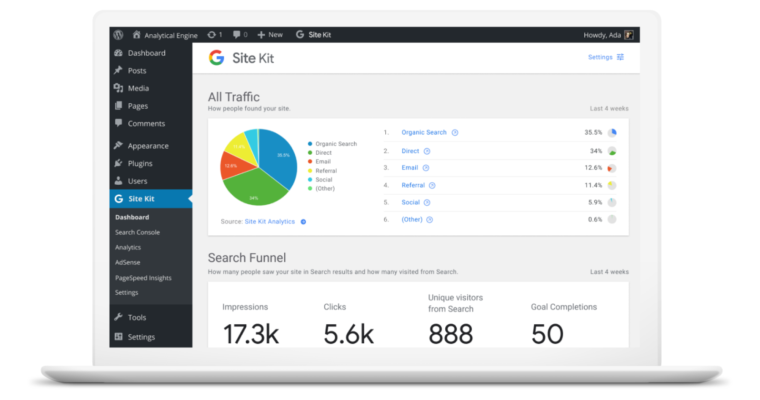
Concrete CMS
Concrete, a popular CMS platform, is designed to make editing complex websites easy for anyone. The user experience lets content authors make changes from the front end of the website, just like editing a document in a word processor.
Larger organizations that need nuanced permissions and workflow find that building their web presence with Concrete gives them all the power and control they need, but in a tool their authors love to use.
The marketplace of add-ons and themes for Concrete is smaller than WordPress, so you’re more likely to be doing some custom development to build your site with it.
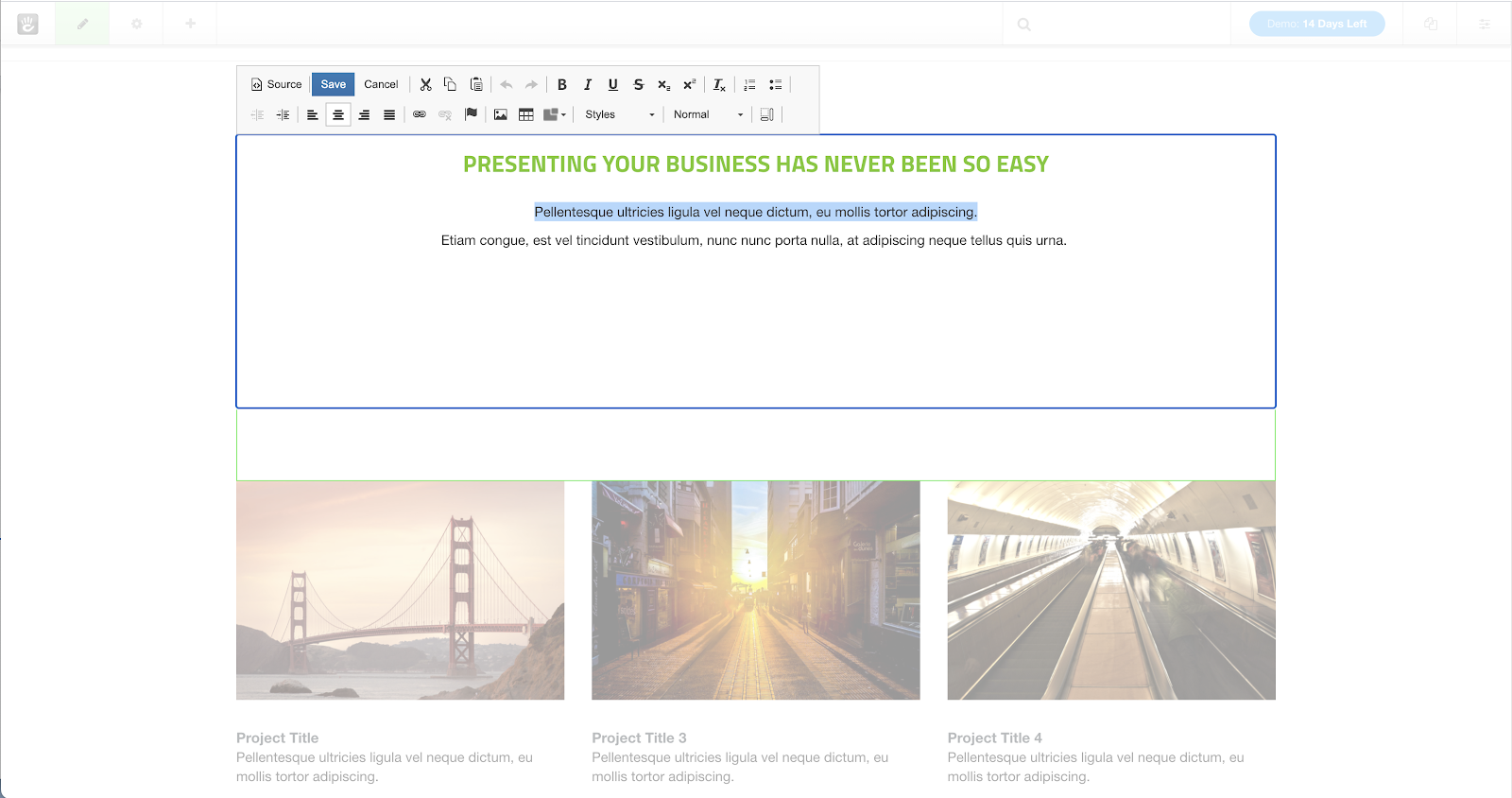
Drupal
Drupal is also an open-source CMS platform and is being used by big sites like “The Economist” and many university sites.
Drupal is good at handling websites with large volumes where you can create a highly customized website with the help of a Drupal developer. It provides complete freedom to design and customize your site.
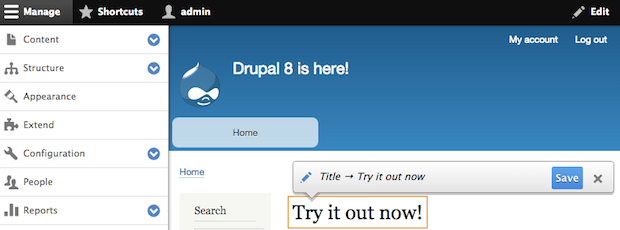
Like WordPress, they have numerous plugins that can be integrated for using additional features, but customizing a site on Drupal can be a daunting task for a beginner.
Conclusion
Bloggers, eCommerce websites running on Wix or Shopify, online entrepreneurs, and websites across the world use CMS applications to create and share amazing content and display their products.
Most of these platforms have extensions that can be added to enhance the quality of your pages, which results in better ranking on the Internet. Anyone can use CMS as long as they have general understanding of the Internet – specific technical knowledge is not required.
About the Author
Martin is a 3x serial entrepreneur with a deep passion in digital business models and marketing innovations. He is the Founder at cleverism.com and founderjar.com